Saxony-Anhalt is a lesser known but interesting state in former East-Germany. Trot Op! continued its cycling trip on the Elberadweg through these parts, and discovered the nicest spots along the way. Are you coming too?

Anyone cycling on the Elberadweg for miles – which is not one long cycling path, but a well-marked route of streets, paths and dikes by the way – will notice the average German cyclist crossing your path will adapt his behaviour to the environment in which he finds himself. Ride out of a big city like Dresden, and as soon as you dare deviating from your line just a little, you’ll be met with wild gestures and the occasional and gratuitous Schweinhund insult. The city dweller takes his cycling etiquette seriously and will let you know immediately should you not meet his expectations. Richtig ist richtig. Pedal a little further through the countryside and the faces soon become a lot friendlier. People cycling here generally don’t really have to be anywhere, and get on their bikes to relax. A nice chat on the road is therefor often initiated. They’ve made things quite easy for cycling enthusiasts. You can quite egularly cross the water by ferry, allowing you to explore both river banks on the same trip. Occasionally you will even find so-called cycling churches on your path. They look completely identical to your standard church, but serve to spiritually assist the cyclist in his most difficult time. So feel free to say a little prayer, unless you want a flat tire.
Cycling along the Elbe: from Torgau to Dessau through Saxony-Anhalt
Last time, we ended our story in beautiful Torgau. This is where we pick up the thread again today, to then start cruising through the nearby state of Saxony-Anhalt. This is a region travel guides usually have less to say on, mainly due to the acute lack of overly famous attractions. In the minds of many Germans, it’s a somewhat deflated industrial area full of slag heaps and ugly DDR apartment blocks. This is far from the whole truth however. There are many nice towns to discover in Saxony-Anhalt, and the nature you encounter while you get there is pretty neat as well. Even history buffs can get a lot of value here. It’s in Saxony-Anhalt Martin Luther started fighting the Catholic Church, and it’s here the Bauhaus movement took the architecture and design world by storm in the early 20th century. There’s more than enough to go round for an interesting trip. So let’s get off of our butts and find out what exactly. So here they are, free of charge and written for you out of pure, uncompromising altruism: the five things you should not miss on a cycling tour through Saxony-Anhalt.
1. Torgau: visit Martin Luther’s safe haven


As mentioned before, Torgau played a vital role in the Second World War, but the city had been important for much longer. In the sixteenth century – many buildings from that time are still standing – this was the capital of the Electorate of Saxony. Friedrich der Weise – straight A’s on every school report – ruled here from the beautiful Hartenfels Palace. He was not a Lutheran, but lived up to his nickname by secretly shipping Luther here after his excommunication, so that the man could continue his work in relative safety. As a result, the palace chapel officially became the world’s first Protestant church. The castle and its fantastically decorated spiral staircase are more than worth a visit, as is the well-preserved historic centre. Torgau is, in my opinion, the prettiest town along the cycling route. Only the pit under the palace bridge holding a couple of miserable bears as the city mascots is not very cool. Shut it down, my German friends. It’s 2021. www.schloss-hartenfels.de
2. Lutherstadt-Wittenberg: discover the birthplace of the reformation

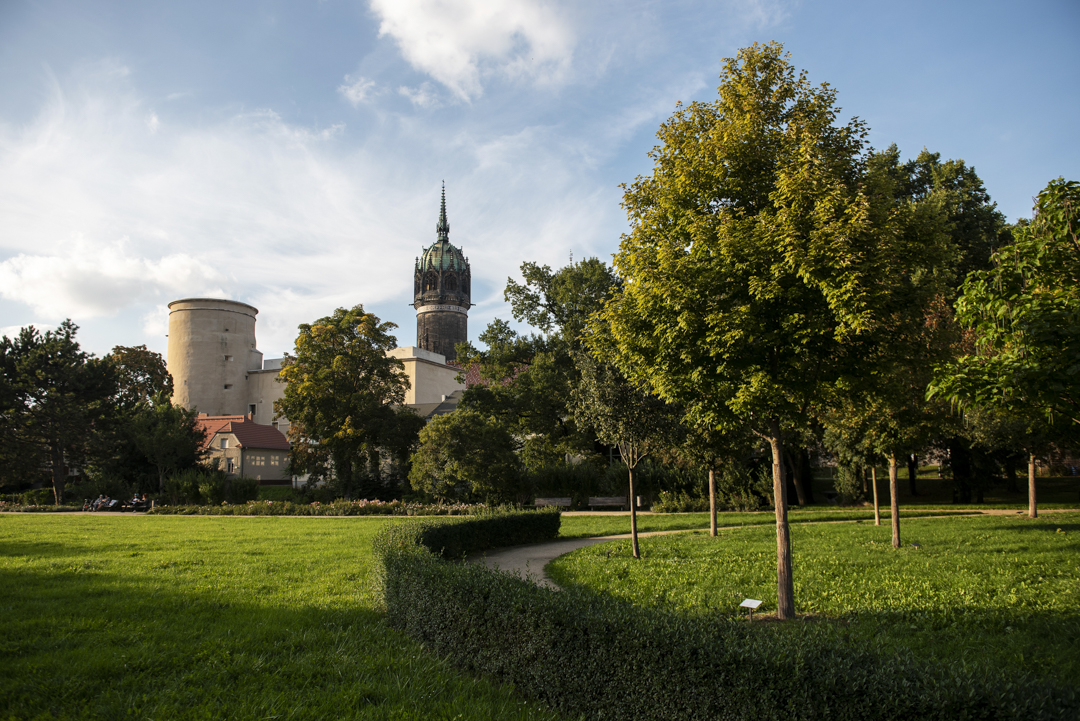

Martin Luther may have fled to Torgau later, but it’s in nearby Wittenberg he first started his reformation. The city became so entwined with the man throughout the years, they added his name to theirs. As a monk and university professor, Luther had had enough of the corruption within Catholicism. He particularly hated the indulgence system with which you could buy your ticket to heaven as long as you had enough money. As a big fat middle finger to the ecclesiastical authorities, he one day marched to the castle church in the city centre to nail a 95 statements long letter of complaint to its gate (#75: “And your communion wafers taste like nothing. NOTHING! WTF is that about!?”). People at the time of course, were not amused. He was seen as a heretic by the majority of Catholics (at the University of Leuven they even openly burned his books) and a few years later he was officially expelled from the church. Luther didn’t seem to care one bit though, and just continued preaching. Later, he even married a much younger nun who had run away from a convent, and then dared to treat her as a complete equal – making the Church even more furious. At the Lutherhaus you can relive the whole story in detail. Another recommendation is Haus der Geschichte, where a lot of living rooms and other scenery from the GDR period are displayed for an interesting look at the recent past. www.pflug-ev.de
3. Wörlitz Park: stroll through a gigantic landscaped garden

Wörlitz Park is located along the route between Wittenberg and Dessau, and those who want to take a look will have to dismount for a second: no cyclists allowed. This 112-hectare English-style landscape garden is part of the Gartenreich Dessau-Wörlitz developed by Prince Leopold III Friedrich Franz von Anhalt-Dessau (try and write that on all your school books). After a lot of traveling through Europe, Frankie – keeping it simple – formed the idea to unite nature, art and architecture in a major project guided by the principles of the Enlightenment. What exactly he meant by that, no one could subsequently discern, because the result is pretty peculiar. The garden is full of unique buildings, and the first thing I came across was a Spanish looking house in the middle of a pond full of swans, mounted on an artificial rock reminding me of the log ride in an amusement park. On another lawn, I found something I thought could pass for a yellow version of the White House – hey why not. Pretty, interesting and occasionally slightly strange park to walk through none the less, if only to stretch your legs after a few hours of cycling. Do not even touch the grass though: they’ll release the hounds on you. www.woerlitz-information.de
4. Cycle the prettiest part of the Elberadweg
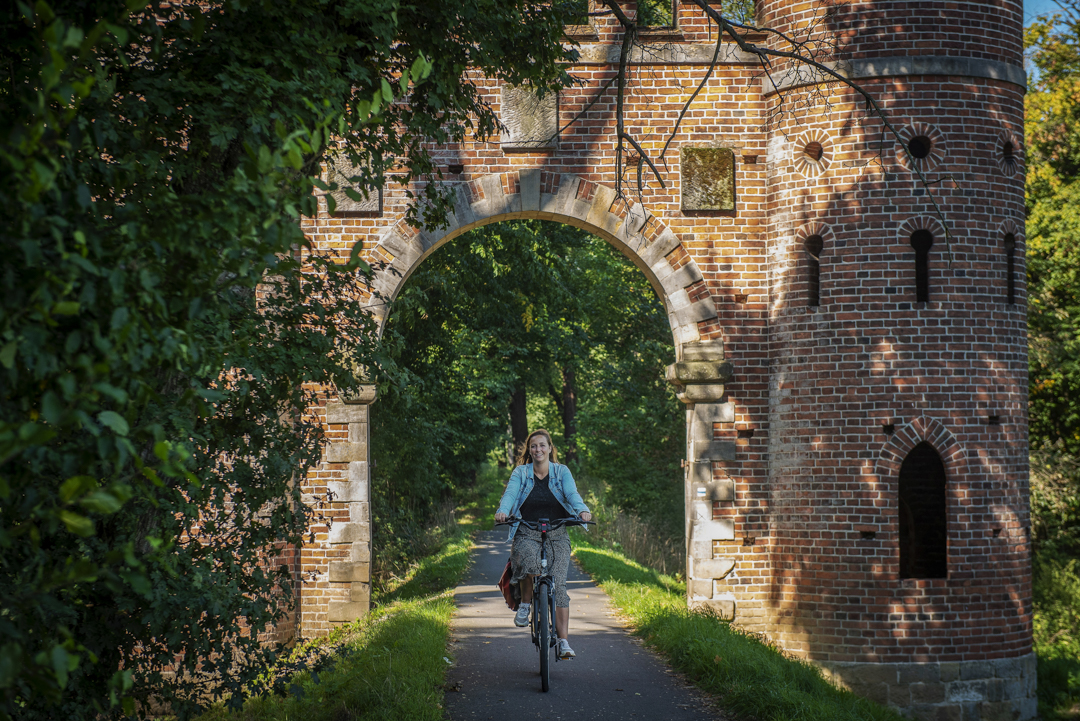
The whole Elberadweg is of course far from ugly. Along the way you regularly come across nice views making your trip more scenic: from dreamy river vistas to rolling vineyards. If you want a complete visual overview, check out Evenaar TV when the report on our trip is broadcasted. I’ll occasionally waddle though some shots at the most inappropriate of times. The most beautiful part of the route however, was the last stage between Wörlitz and Dessau. Here you leave almost all habitation behind, to cycle for an hour over high dikes, along vast fields, straight through a forest and under romantic old guard gates. Every five hundred meters we had to stop for photos, and then make up for lost time with the turbo mode on our e-bikes. Perfect spot to fall in love with the track for a last time, before we had to hand over our trusty metal steeds to the organiser. Everything comes to an end eventually, dear friends.
5. Visit the Bauhaus in Dessau
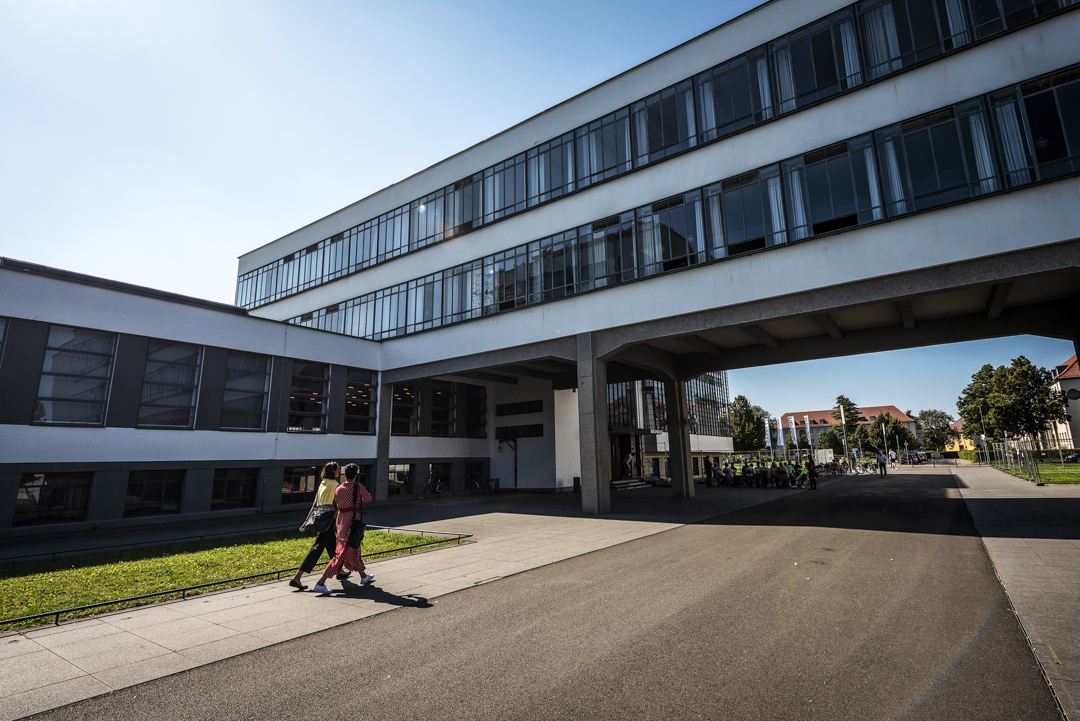
I have to admit: when I first stood in front of the Bauhaus in Dessau, I wasn’t immediately the biggest fan of its style. That changed when I was told the philosophy behind it. This building used to serve as the Bauhaus School of Art, Design and Architecture. It was open for business for just fifteen years, until the Nazis boarded it up (the far right is usually not very progressive). Still, it turned out to be the most influential design school of the 20th century – worldwide that is. The complex is almost a hundred years old, but was designed in such a minimalistic and functional way it could have been built yesterday. The Bauhaus style seems completely timeless – this in stark contrast to the ugly concrete blocks we put up everywhere in the 1970s. There is virtually nothing on display inside. The building itself is the exposition. When the school was still open, things got pretty wild here. That’s what you get when you put a bunch of young, free spirited people together. In order to stimulate creativity, they sometimes went the extra mile: fasting until hallucinations followed for example, to name just one thing. Interesting stories, all of which you will hear from the architecture students who act as guides here on their days off. Definitely worth a visit, and if you want you can even book a hostel room here. www.bauhaus-dessau.de
Cycling along the Elbe: hotels in Saxony-Anhalt and practical information
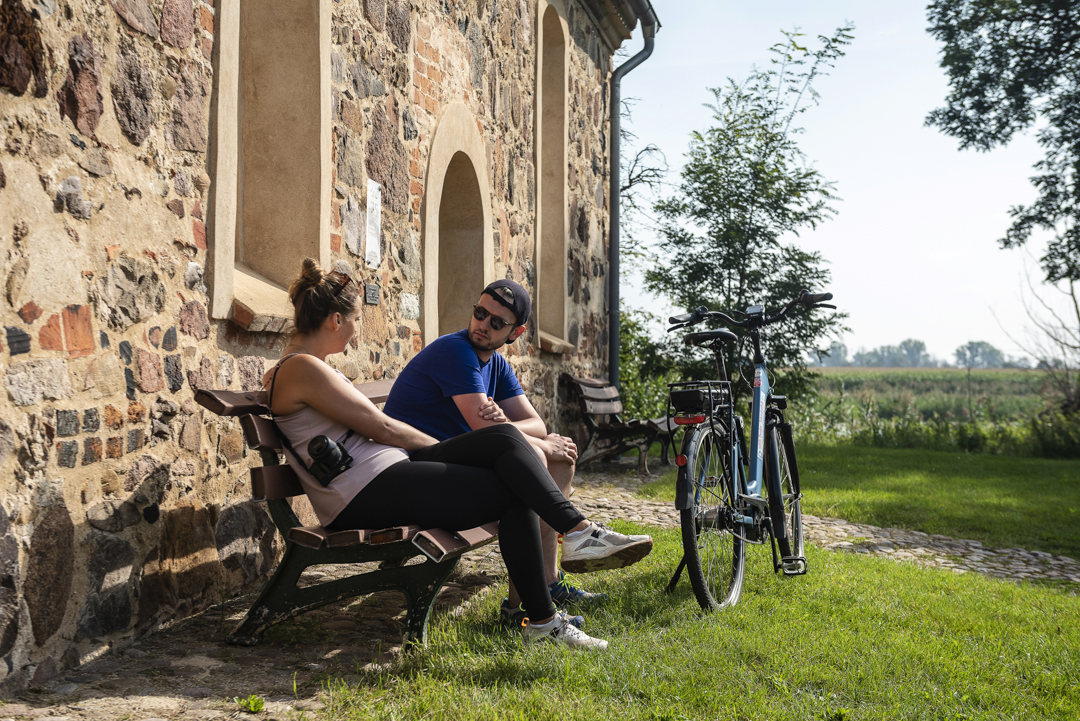
There you go, my East-German cycling story has finally come to an end. If you want to read the first part about Dresden and the second about Saxony, you now know where to click.
For more information about Germany as a destination, surf to: www.germany.travel.
For all info on the Elberadweg, click here: www.elbe-cycle-route.com.
If you want to find out everything about Saxony-Anhalt, visit www.saxony-anhalt-tourism.eu.
The trip was organized by www.joker.be.
Our amazing guide’s Instagram account can be found here: www.instagram.com/st3f4n_r4nft/.
You can read the article by my colleagues from Travelrebel here: https://travelrebel.be/fietsen-langs-de-elbe-van-dresden-naar-dessau/.
Looking for some other trips? Check my articles on Diest, Limburg, the Rupel Region, the Wadden Isles and Waterloo.
















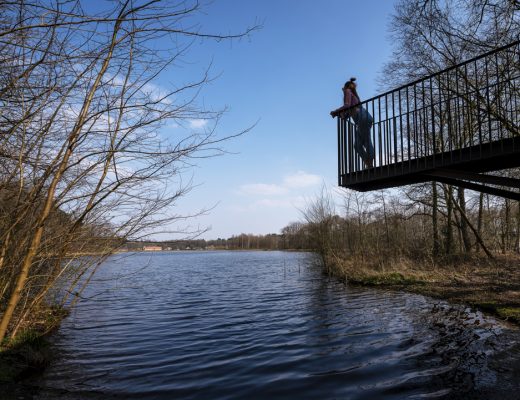
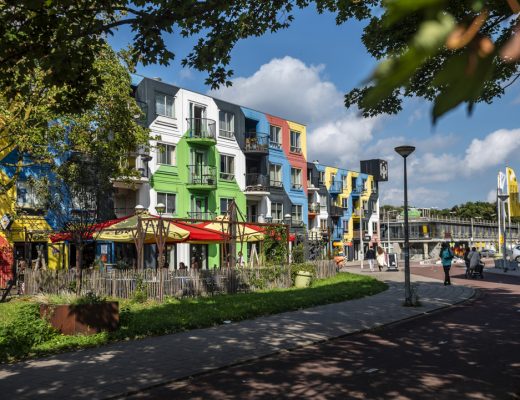

2 Comments
Marc
October 25, 2021 at 8:02 amTof artikel , leuk om te lezen .
Jonathan Ramael
October 25, 2021 at 11:13 amMerci! 🙂